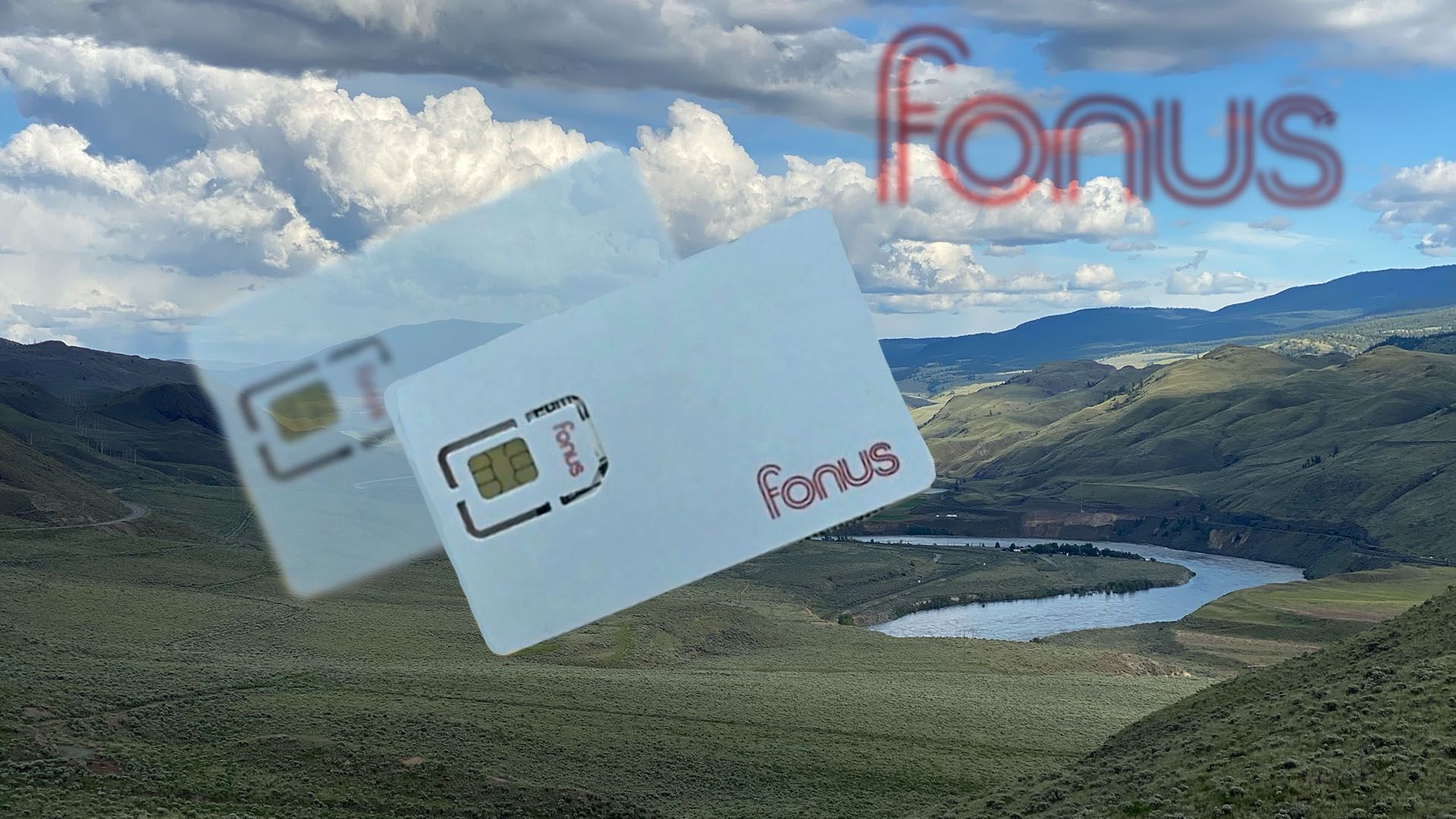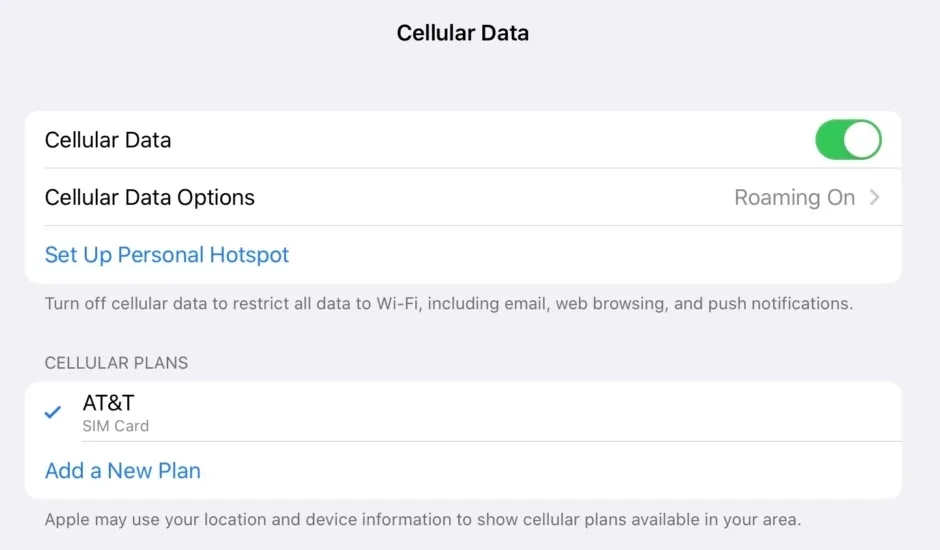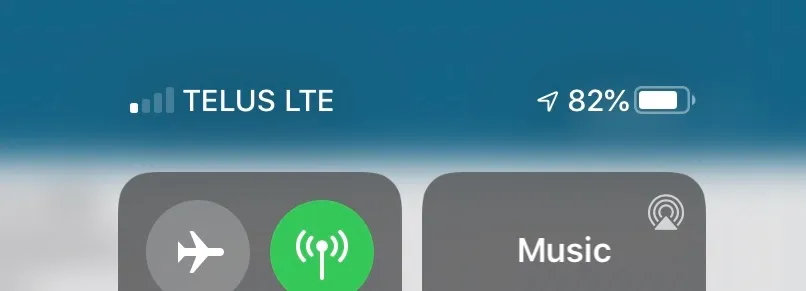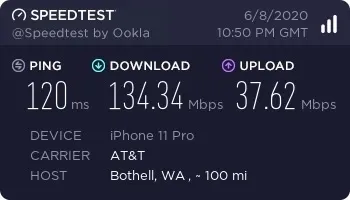Fonus Mobile Review

My experiences with Fonus began at the end of last year, on November 21st when I heard about a disruptive mobile provider that wanted to provide global, unlimited service for a low fixed fee (presently listed at $30 / month).
I need to disclose that I was part of an initial promotion where the first 500 people to purchase a SIM card on the promise of future service would receive lifetime service for free. I was not asked to write a review in exchange for this promotion, and will endeavor to be fair and unbiased in my review.
I also want to note up front there's been a lot of drama from the early fonus community. Fonus had a number of delays in getting underway, and even now still doesn't have all the features it intends to eventually offer. For this review I'll be looking at how well their service works in Canada (and a little in the US) and examining the technology more closely, and for the most part ignoring the community drama. If drama is something that you enjoy, there's a subreddit you can visit for those needs.
Some terminology
Fonus is a type of MVNO (Mobile Virtual Network Operator), with the Virtual being of critical importance here. Virtual means they operate no licensed frequencies in the regions in which they operate. This is different from a full Class 1 MNO (Mobile Network Operator) like Rogers, Telus and Bell that have massive infrastructure investments within their territories (Bell and Telus being a bit weird in that they typically use each other’s equipment and maintain infrastructure only in major cities outside their home regions); this is also different from a Class 2 MNO like Freedom, Mediatron and EastLink that have limited equipment and bands in specific centers but require roaming agreements to operate out of their home territory.
Other MVNOs you’ve no doubt heard of in Canada are Fido, Virgin Mobile, Public Mobile and Koodo. In the US Boost Mobile and Ting would be good examples of MVNOs. There are different types of MVNOs, but all of them have in common that they don’t own any radio spectrum to operate their own hardware.
The most basic MVNO is a Branded Reseller, who basically sells the exact same service as an existing MNO but under their own brand, making them totally dependant on the primary MNO. The next level is a Service Provider. They control their branding a bit more and can set up their own rates and agreements separately from the MNO. There can also be Enhanced Service Providers that own more of the technical stack and can offer unique services, and lastly a Full MVNO that controls everything short of the radio towers themselves.
Additionally, there are a lot of companies now who exist to provide the billing and services to set up an MVNO. These are referred to as MVNEs (Mobile Virtual Network Enablers). Often a company that wants to offer a MVNO service will partner with one of these Enablers to manage the billing and technology pieces, to get started faster, and reduce risk.
Fonus V1
When Fonus first started sending around SIM cards, they were clearly in the Branded Reseller camp. Specifically, they were repackaging and selling the AT&T Prepaid service offering which provides service in the USA through AT&T and in Canada through Rogers using existing relationships AT&T established. Effectively Fonus was controlling many AT&T Prepaid “lines” in their account and the offering was identical to AT&T Prepaid (as some early users confirmed by being able to sign up for AT&T Prepaid account logins using their assigned mobile numbers).
These early “V1” cards appear to primarily have been a way to get early adoption and to prove that service would be provided, even while working to set up a better MVNO arrangement. For some this marred the Fonus image because it placed them in the Reseller camp, and they wouldn’t be able to keep many of their early promises using this setup (like international roaming).
I never had the opportunity to try a V1 SIM card, but according to some who received them they appeared to be AT&T Prepaid SIM cards that were popped out of their AT&T branded holder and placed in a zip-top bag. Despite the unusual appearance and limited functionally, they did work, and I’d consider this the first Fonus offering.
Fonus V2
V2 SIMs are printed with Fonus branding and generally appear to be what you’d expect from a SIM card you would get from a carrier. The one exception is the SIM ICCID isn’t printed on the card or holder anywhere. This is the first time I’ve seen a totally vanilla SIM and I assume this was either a design oversight or was done to save printing costs.

To get your ICCID to activate your service you need to insert the SIM into a device and find the ICCID from your device network information screen (on Apple devices that’s under Settings->General->About). Once activated, you’ll see the provider displayed as AT&T. This caused some people to believe these cards were the same as the AT&T prepaid cards and were still representing a Branded Reseller MVNO.

But, what, what’s this? It’s not roaming on Rogers like AT&T Prepaid would. Instead it’s roaming on Telus when the current carrier is displayed on my device. Some testing shows it can also roam on Bell and Rogers, this is definitely not typical behaviour for AT&T or AT&T Prepaid customers!

Doing some research shows that Fonus is now operating as a Service Provider MVNO, and has its own roaming arrangements set up with Canadian carriers. AT&T is still the backbone infrastructure provider that is issuing the numbers and handling the subscriber management and routing (if you check your IP address when on Fonus, you’ll see you end up in the US AT&T range, since the Telus tower is routing your traffic to AT&T to access the open internet). The wholesale rates and roaming agreements are being customized by Fonus, which is a major step up from a reseller. In theory, Fonus could also get its name placed in the Carrier name with an OTA (over-the-air) update of the SIM.
Some additional research also shows Fonus is using a MVNE (one of those enablers I mentioned before) called zoomMediaPlus Inc. zoomMediaPlus is a AT&T Partner Exchange member, and had a business relationship with Sprint in the US through at least 2015. zoomMediaPlus calls their platform 24dataConnect, and appears to power other MVNOs like Community Phone, NetGear Around Town and UNREAL Mobile (with whom they share a business address). zoomMediaPlus are likely the ones setting up these roaming agreements for Fonus and will likely be the ones providing the billing dashboards for them as well. This is very encouraging to me since they have a lot of experience in this area, and Fonus won’t be trying to make something from scratch.
Interestingly, last year Fonus took some flack when they claimed to have a roaming agreement with Telus and Telus went out of their way to state such an agreement didn’t exist. I theorize that Fonus did have a signed agreement with zoomMediaPlus (likely with an NDA, so they couldn’t talk about it) and zoomMediaPlus had an agreement with Telus, as evidenced by the preferred roaming on Telus with the Fonus SIM. This would put Fonus in an awkward situation where they technically did have a roaming agreement with Telus through a partner, but couldn’t share it due to an NDA. This is just a theory on my part though.
The V2 SIM worked well in an iPhone 11 Pro and iPad Pro 11 (2018) I tested with, as well as in a locked AT&T device which makes me suspect at least in its current form it’ll work in locked AT&T devices. This might be appealing if you’d want to buy a cheap carrier-locked phone from AT&T Prepaid. Speeds were consistently good across Telus, Bell and Rogers; always reaching about 140mbps down and 40mbps up when there were at least 3 bars of signal. I allowed it to automatically choose the best carrier, and it almost always selected Telus when given the opportunity.
Along with working in the US and Canada, Simon (the owner of Fonus) confirmed they’ll work in Mexico, Puerto Rico and the U.S. Virgin Islands. I’ve not been able to personally confirm this, but hopefully there’ll be some Fonus users from those regions in the future that can confirm what the service is like.

When I got close to the US border, I was able to get the SIM to switch over to AT&T, at which point it no longer believed it was roaming. This confirms the primary carrier is seen as AT&T. I’d love to do a test of this in the US sometime soon, but that will have to wait for the pandemic to settle down. I didn’t do a speed test on AT&T because there was never more than 1 bar of service along the Canadian side of the border.
When testing out the features of my SIM I found that Wi-Fi Calling works, but tethering and VoTLE do not. Manual carrier selection also isn’t enabled by default, but if you have a jail-broken iPhone or an Android device you can force it on. In my testing 4G modems didn’t work (displaying Error Code 0).
The Future
Presently, Fonus is shipping SIM cards from Canada instead of drop-shipping them from China. All the Canadian stock are likely V2 SIMs. There’s also some talk of attempting to OTA update the V1 SIMs to effectively act like V2 SIMs (likely a subscriber transfer from the ATT Prepaid system into the Fonus MVNO, since both have their primary infrastructure carrier as ATT). If this works it may open up the theoretical ability for AT&T branded SIMs to be activated on Fonus in the future as well, and these SIMs are widely available.
The V2 SIM seems to work very well, providing high speeds and good roaming. Given lots of work is still being done and things are changing as more of the Fonus MVNO gets turned on, I’d feel comfortable calling the service of beta quality. I’d be comfortable using it as my primary data plan, but not my primary voice plan at this time. I’ll be sure to post updates here as things change over time and the service gets more stable.
On the topic of number portability, Fonus has said it plans to develop (or partner) with a VOIP provider to offer Canadian (and theoretically international) numbers and international calling to Fonus customers. Customers would be able to port their existing Canadian numbers into this VOIP system. I’ll be sure to update when there’s more confirmed about this.
One of the remaining promises for Fonus was international roaming (the ability to be in the US, Canada, UK and Honk Kong all on one SIM). There’s a lot of heavy lifting to make that possible and Fonus will likely issue a V3 SIM that has multiple carriers listed as its “primary” carrier to let smooth roaming happen. The current V2 SIMs will have more limited international roaming ability, and may need to be swapped in the future to fully support world-wide roaming. I’ll keep an eye on this as well and provide updates.
In short, I think there’s value right now in signing up for Fonus and using it as a data plan for your phone or tablet. It beats most carrier pricing in Canada and the US handily.
